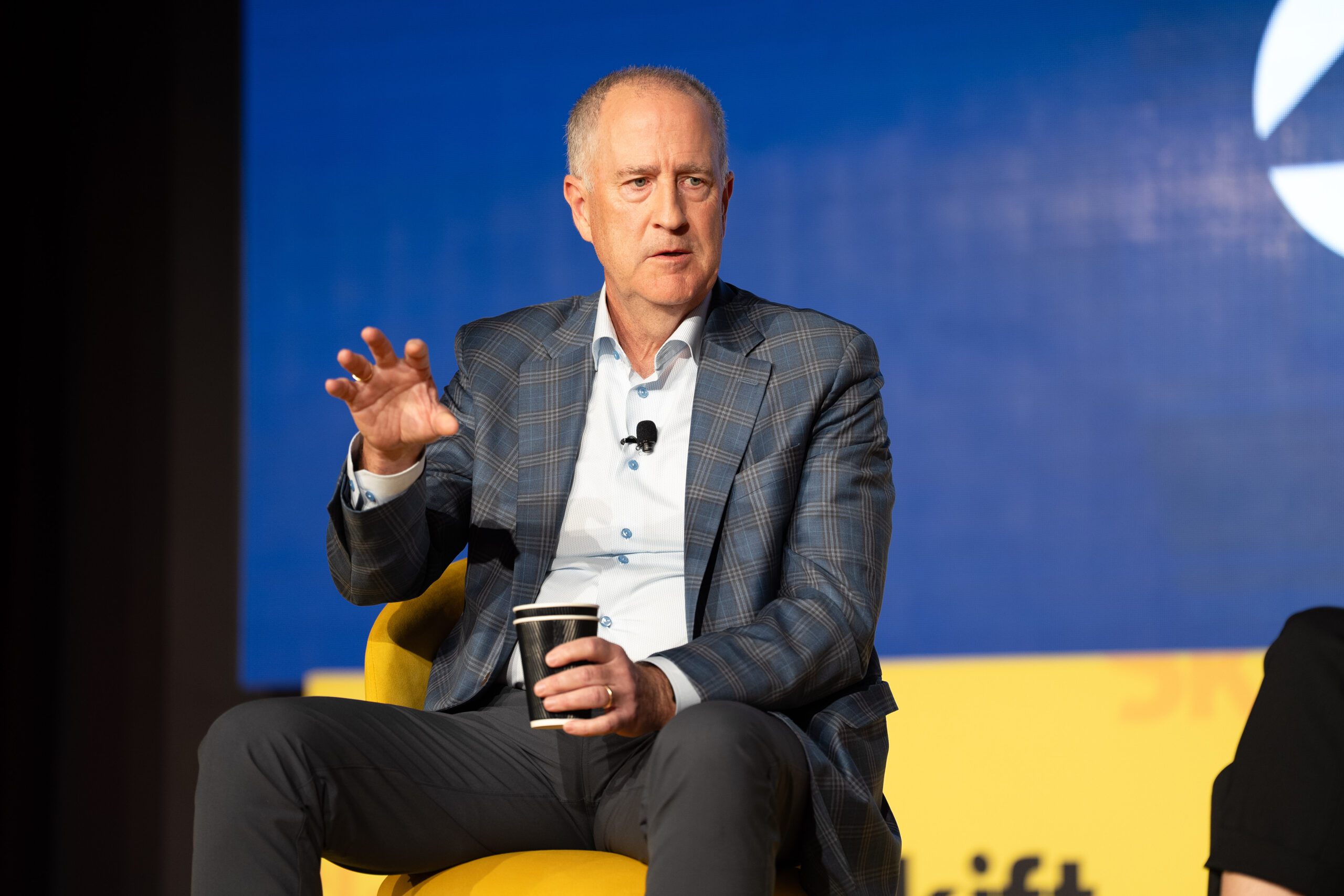DFW Airport CEO Sean Donohue on New Terminals, New Airlines, and Finding Solutions to New Problems

Photo Credit: Sean Donohue, DFW Airport CEO, at the Skift Aviation Forum 2024. Skift
In this week's show, Airline Weekly's Gordon Smith is in conversation with Sean Donohue, CEO of Dallas Fort Worth International Airport. This wide-ranging discussion includes insights into major terminal overhauls, attracting new airline partners, and ensuring operational resilience.
Donohue joined DFW International Airport in 2013, following a 28-year career in the airline industry in various executive roles with Virgin Australia and United Airlines.
Under his leadership, DFW Airport has grown to become the third busiest airport globally for passengers and is ranked third busiest for operations.
Apple Podcasts | Spotify | YouTube | RSS
Don’t forget, you can find a full archive of the Lounge here.
Key Takeaways
"Visionary" Planning Enabled DFW's Growth
A decision 55 years ago to build a single airport between Dallas and Fort Worth with 17,000 acres of land was a visionary move that has allowed DFW to expand. Today it has seven runways, a sixth terminal under construction, and room for up to four additional terminals in the future.
Balancing International and Domestic Traffic
While DFW has a robust domestic network led by American Airlines, its focus in recent years has shifted toward international growth. The airport has successfully attracted international carriers like Turkish Airlines and Cathay Pacific, and has overtaken Houston Intercontinental in international air service market share.
DFW’s Competitive Advantages
Unlike many international hubs constrained by urban development, DFW benefits from ample space and strategic modular construction methods that reduce costs and project timelines. The airport’s efficient and cost-competitive approach, alongside its open-door policy for airlines, positions it as an attractive hub for both existing partners and new entrants.
Resilience and Innovation
DFW Airport is proactively addressing operational resilience in the face of challenges like the standalone Texas power grid and growing demands on infrastructure from industries such as AI and onshore manufacturing. Initiatives include developing a microgrid with solar and battery storage and implementing digital twins to enhance predictive maintenance and operational efficiency.
Navigating Workforce and Industry Challenges
During the pandemic, DFW chose not to furlough employees or concessionaires, maintaining staff and partnerships during a critical period. This decision allowed the airport to rebound quickly when travel demand surged. The industry now faces the dual challenge of integrating new employees while retaining institutional knowledge, with a focus on mentoring and training to sustain aviation’s safety and growth trajectory.

